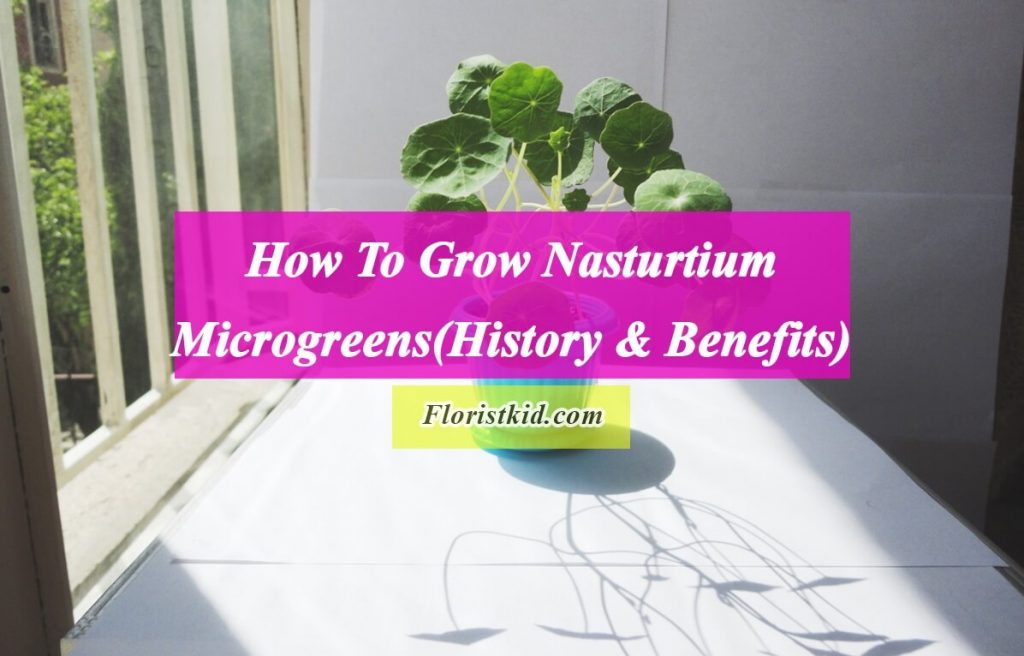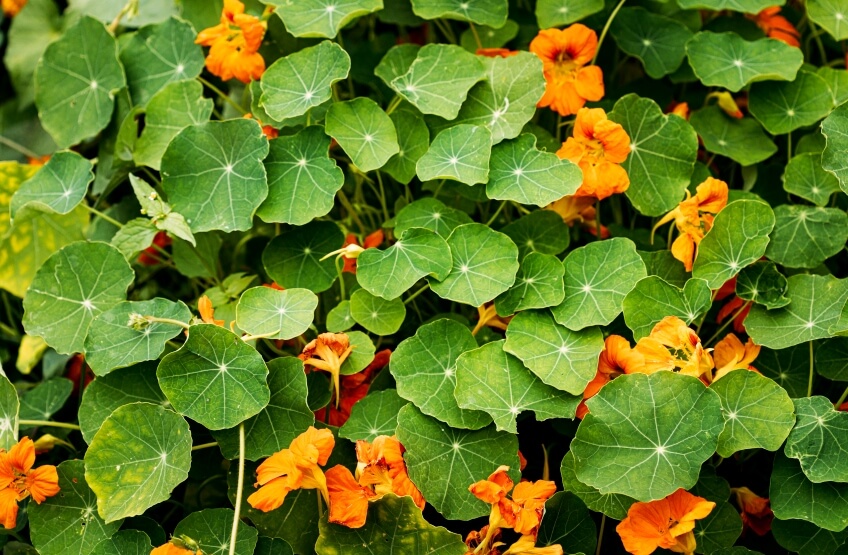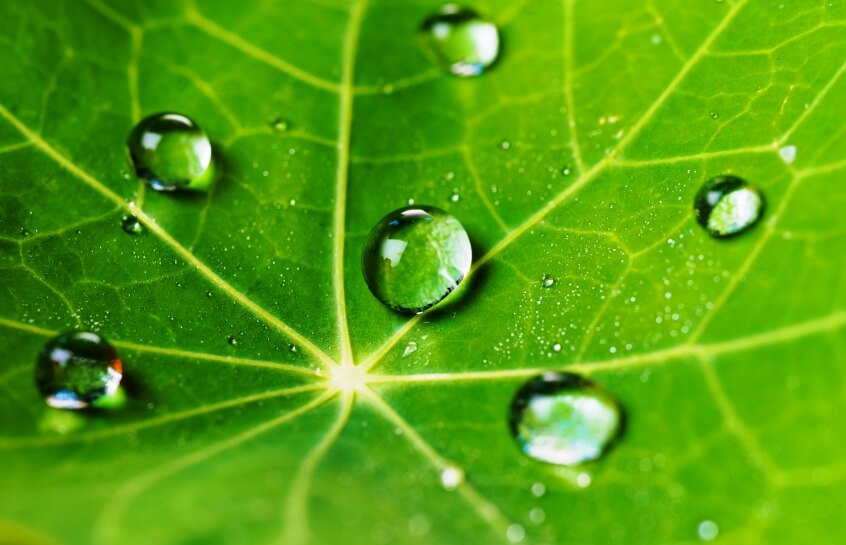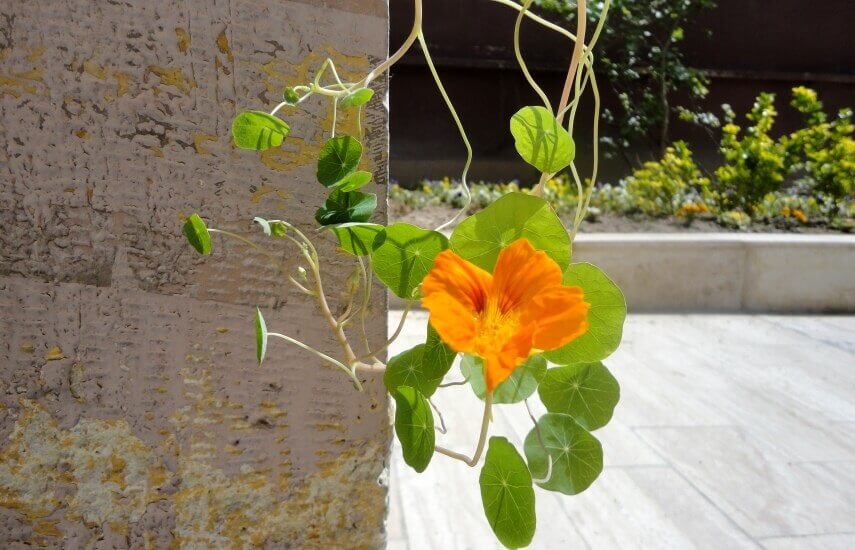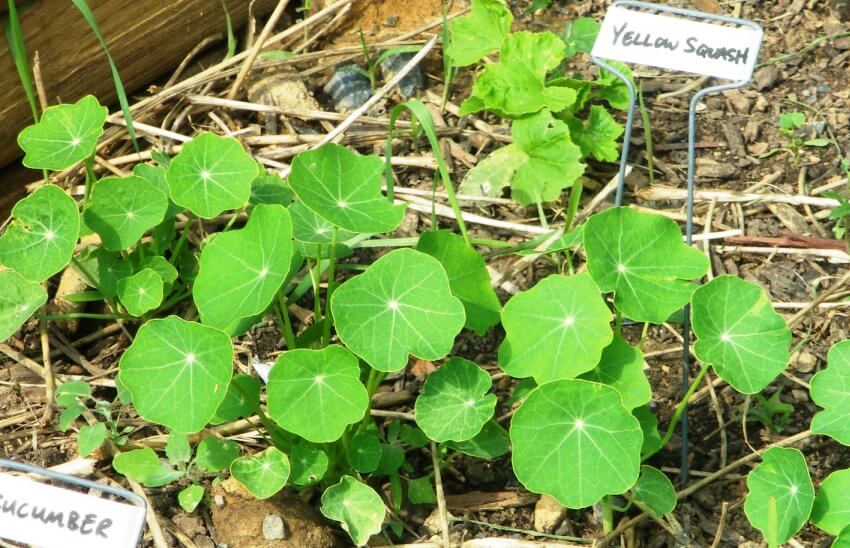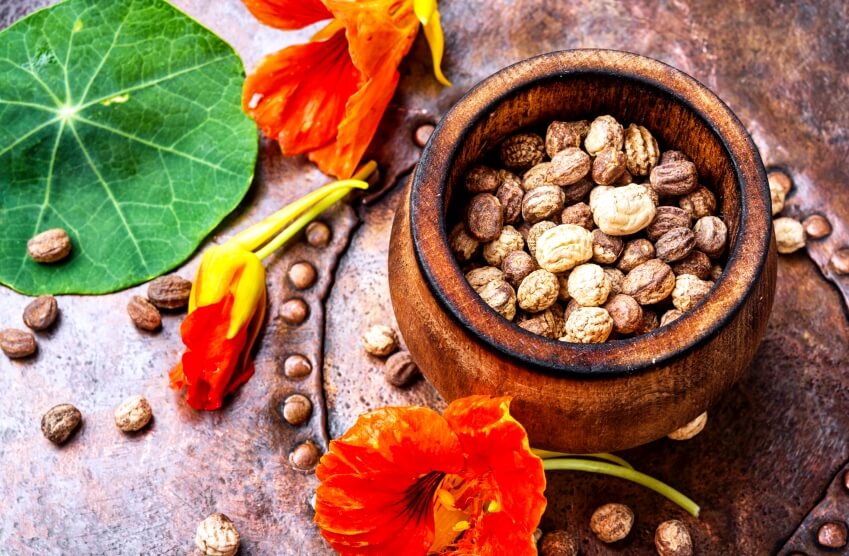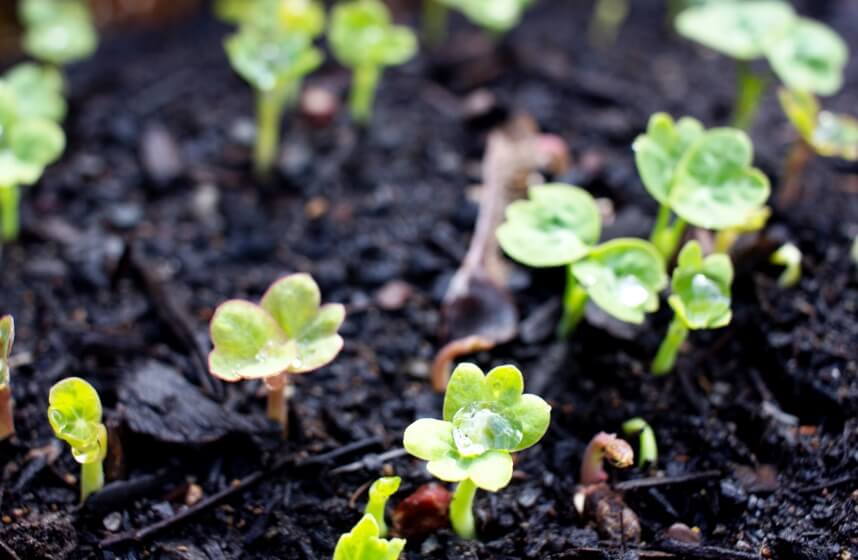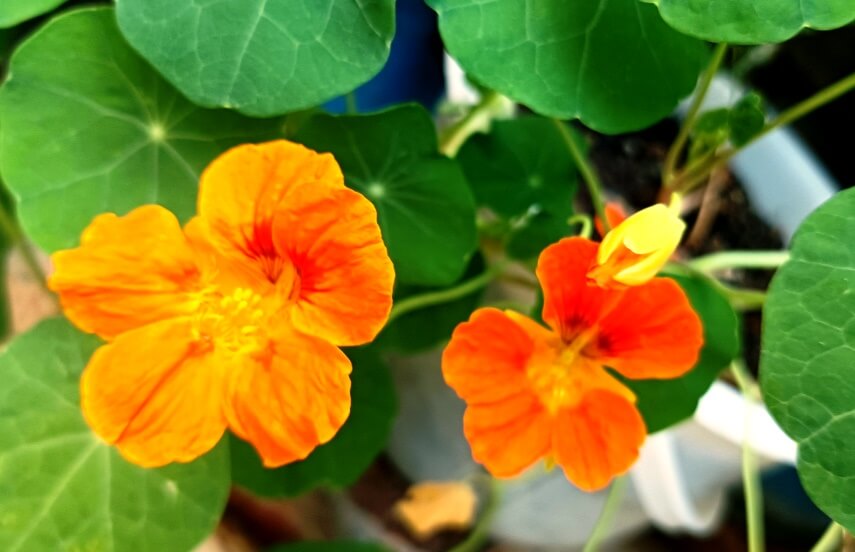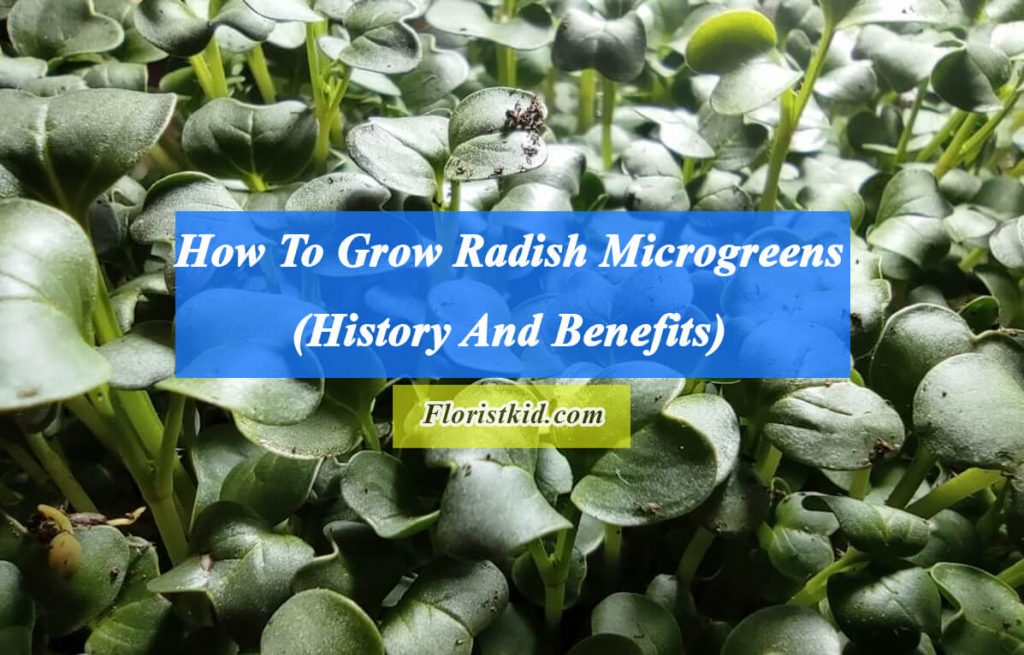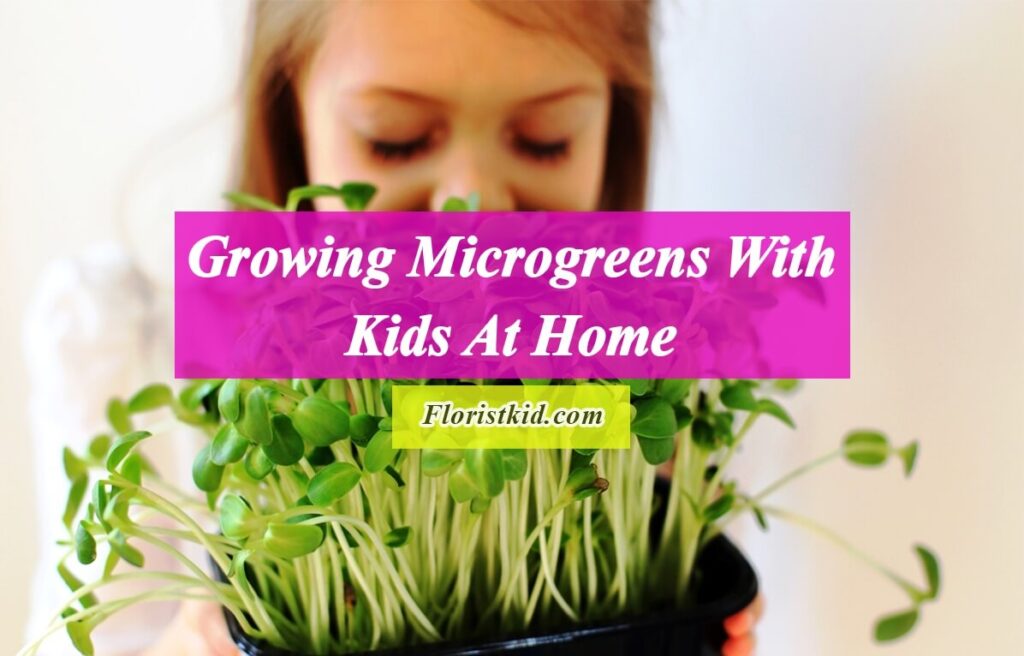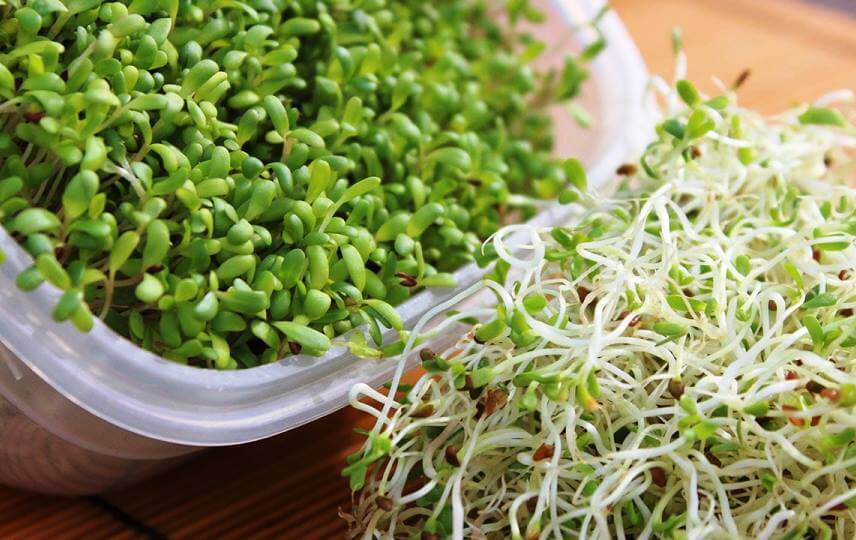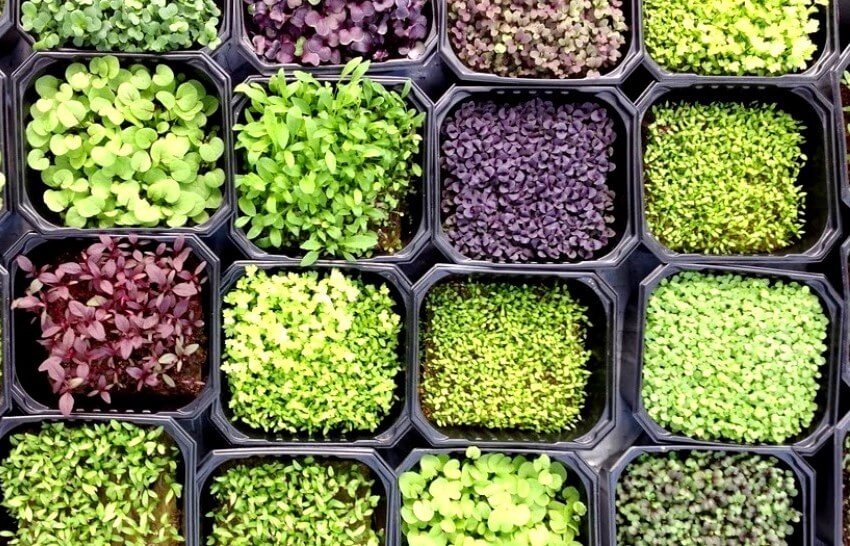Nasturtium microgreens are grown for their small, delicate, quarter-sized, pale-green leaves. When growing outdoors, this microgreen needs summer warmth and light. Micro nasturtium leaves add a refreshing freshness to salads and sandwich wraps with their crispy, nutty flavor.
If Like to know more about microgreens, check these articles:
<<What Are Microgreens >> and <<How Much Microgreens To Eat Per Day>>
Nasturtium microgreen varieties
There are three different varieties of garden nasturtiums: dwarf, semi-trailing or trailing, and climbing. Dwarf species are short and dense. These types do not become vines and reach heights of 12 to 18 inches. As a result, they are the best type for growing as a microgreen.
Nasturtium History
Nasturtiums, often referred to as Indian Cress or Flame Flower, are perennial plants native to Columbia, Bolivia, and Peru. In the sixteenth century, they were found by Spanish conquistadors and taken to Spain.
A variant called Tropaeolum minus, which had a little yellow blossom with a purple blotch, was the first Nasturtium introduced to Europe. This kind of nasturtium is currently quite scarce. The more well-known nasturtium, Tropaeolum majus, was first cultivated in the 1600s and became almost instantly famous due to its climbing ability.
Nasturtiums quickly made a name for themselves as a delicious culinary delight; their peppery-flavored leaves and blooms could be used in salads, and their seeds, when preserved in vinegar, could be used as capers [1].
Nasturtium microgreens overview
| Family | Tropaeolaceae |
| Recommended Varieties | Dwarf |
| Nutrition | Vitamins A, C, and D, beta-carotene, iron, manganese, and flavonoids |
| Average days to germinate | 5 to 8 days |
| Average days to harvest (after germination) | 10 to 14 days |
| Difficulty | Hard |
Nutritional value and health benefits of Nasturtium microgreens
Beta-carotene, iron, manganese, flavonoids, and vitamins A, C, and D are all abundant in nasturtium microgreens [2].
Due to the numerous nutrients available in nasturtium microgreens, they have many health benefits. The following are some of the most important health benefits of nasturtium microgreens [3, 4]:
Good for cold and flu
Nasturtiums may be utilized as a natural means of warding off colds by increasing your immune system because of their high vitamin C content. You can utilize this microgreen to stave off infections as it has antibacterial, antifungal, and antiviral elements.
High in antioxidants
Nasturtium microgreens have high concentration of lutein, an antioxidant linked to free radical defense and support for eye and skin health.
These microgreens contain vital vitamins and minerals, but also bioflavonoids (like myricetin, quercetin, and kaempferol derivatives) and beta-carotene. They also have high ORAC scores and contain trace elements and bioactive compounds, “which can be easily absorbed by the human body” (a form of vitamin A).
Nasturtium microgreens’ apparent antioxidant activity appears to be attributed to their high concentrations of substances, including anthocyanins, polyphenols, and vitamin C. These attributes make them advantageous for the topically applied therapy of ailments affecting the skin, as well as the respiratory and digestive systems.
Source: Renee
Treating infections
According to studies, nasturtium microgreens appear to possess natural antibacterial capabilities. This aids in treating acute illnesses such as kidney infections, bronchitis, respiratory infections, and congestion.
Limonene is one of the primary components in nasturtiums’ stems, seeds, and leaves, contributing to their potent antibacterial capabilities. This substance possesses anti-inflammatory, antibacterial, and antioxidant characteristics that aid human body in warding off infections, along with several other substances [5].
Healing toe fungus
Due to nasturtium antibacterial and antifungal qualities, their leaves are excellent for treating injuries and preventing infections. Making a paste out of the flower’s seeds and applying it to fungus-infected areas, such as your toes or toenails, is also a good method to take advantage of the therapeutic properties of this plant.
How to grow Nasturtium microgreens
It takes 5 to 8 days for the Nasturtium seeds to germinate. Allow it to produce 2 to 4 leaves before harvesting. You can harvest them almost ten days after germination. The procedure of growing Nasturtium microgreens is almost similar to other microgreens. Read the <<Growing Microgreens>> article to learn more about the general method for growing microgreens.
In order to Nasturtium microgreens, all you need to is to take the following steps:
1) To speed up the germination process, soak Nasturtium microgreen seeds in warm water for 2-4 hours.
2) Fill the seed tray with suitable soil designed for microgreens. A mixture of peat moss and perlite could be a good option.
3) Tamp the soil gently without packing it in.
4) Moisten the soil with water. You can use a spray bottle or small watering cans.
5) Distribute seeds uniformly throughout the soil, then cover them with a thin layer of soil.
6) Ensure that seeds are covered in soil to a depth of 3/4 inch.
7) Place the seed tray undercover and keep the room between 65 and 70 degrees Fahrenheit.
8) To keep the soil moist, spray water daily.
9) After germination, which typically occurs 6 to 8 days after planting, place the tray under a reliable, reasonably priced grow lamp. Proper lighting with grow lamps can be 16 hours light and 8 hours darkness.
10) Keep on watering regularly. But make sure not to dampen the soil. Nasturtium plants could perish or get mold if the soil is excessively damp. If mold appears, do not worry; just spray Hydrogen peroxide on the molded regions.
11) Before harvesting, give the Nasturtium micro seedlings enough time to grow 2 to 4 leaves since nasturtium leaves retain their flavor as they grow older. Additionally, your nasturtium microgreens can grow again after harvesting as long as one or two leaves are left on each plant.
12) Grab your shears and trim the nasturtiums’ tips, including a few of their leaves. You can gather as much as you need or all at once. To decide precisely how strong you want the flavor to be, you can sample some nasturtium leaves during the growing process.

